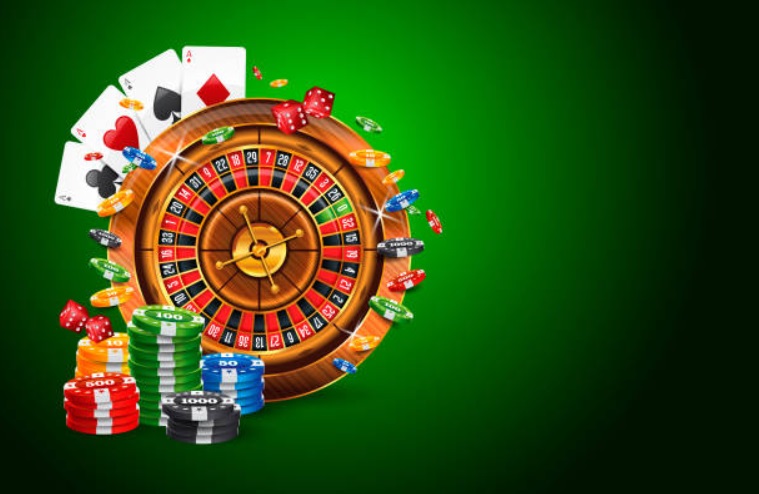In the shining and glittering world of casino games, the slot machine epitomizes fun and draws millions of fans through mesmerizing lights, captivating sounds, and, of course, the promise of a fast buck. It was interesting to watch and read how they tweak game variables and level design to increase player investment and give insight into how they draw from psychological principles to make the game experience as engaging as possible for the player. In this article, we delve deeper into the intriguing psychology of slot game design and how, indeed, it keeps a player coming back for more.
The Allure of Instant Gratification
The very core idea behind the slot game is instant gratification. Slot machines have just the right ground for that, as human beings are wired for instant reward. Each time they spin the wheel, there is a chance for them to win, and everybody is instinctively given to liking instant feedback. This immediate reward system keeps players engaged, constantly fueling the hope for the next big win.
Variable Ratio Schedule: The Secret Sauce
The variable ratio schedule of reinforcement, emanated from the concept by B. F. Skinner within the field of operant conditioning, is one of the most potent psychological mechanisms in use for designing slot online games. It finally does the proof that victory comes from spins on an absolutely random basis. This very factor of unpredictability is the source of huge player engagement. The excitement of not being sure when the next reward will be achieved forces one to keep spinning the reels in search of that jackpot.
Sensory Stimulation: A Feast for the Senses
Slot games are a masterpiece of sensory bombardment with striking visuals, inspiring sounds, and even tactile response, literally pulling the player into the game. Bright colors and flashing lights exist to grasp and hold attention, while the sound of coins and celebratory music functions much like a guarantee stamp toward the perception of winning, even for small wins. Such multi-sensory engagement could only add value to the game, quite literally adding perceived worth.
The Role of Near Misses
Another psychological principle emanating from the game is the concept of “the near miss,” where the anticipation is drawn from the near but not the actual win, hence fueling a belief that a win is imminent. This feeling is almost a reward by itself, the same way as the winning would be, making the player continue to play in never-ending hope of victory. Game designers use the almost miss in slots in such a way that they actually cause an increase in excitement and time of playing for the gambler.
Social Proof and Community
Social proof: the power of belonging in a community of Social Slots. The success of others, stories of success to be shared, and tournaments that are started bring with them a community of belonging and competition. This will, to a great extent, arouse this need that we possess for affiliation and recognition. Hence, this adds another social dimension in that it arouses the need, hence adding on to the psychological complexity of engagement in slot games.
Escaping Reality: The Role of Themes
In general, slot games bear a whole variety of themes: from ancient civilizations and mythology to fairy tales, marine life, and adventures, in a word—everything to please each and every gamer’s soul and let them plunge into new, exciting worlds quite different from their boring daily round. This escapism is not just entertaining; it’s a psychological reprieve that enhances the overall gaming experience.
The Illusion of Control
A basic example: notwithstanding all the games of pure chance, slot machines most frequently include those features that lead the player to an illusion of being in control—such as choosing the numbers of the paylines or stopping the reels themselves. This illusion of control can greatly impact the engagement of the player in the sense that through it, one gets to feel that the actions done are directing changes to the game and hence the outcome. This is a psychological trick that boosts the fun, and from it, engagement is further carried out.
Conclusion
Slot game design and mechanisms of engagement stand in tribute to how well the sophisticated application of psychological principles has been used in their craft. Designed to tempt us with immediate rewards and provoking unpredictability, to titillate our senses, and even to offer a means of escape, slot games are very cleverly constructed to ensnare our minds and emotions. As the digital landscape changes, these games will adjust the ways in which they engage their player-bases, always keeping a pulse on the most relevant psychological research to produce the most involving and pleasurable gaming experiences.
Understanding the psychology of slot game design would make the allure of the games much less mysterious and put responsible gaming in plain sight. When they understand the sophisticated strategies employed in maintaining the involvement of players, it would put them in a good position to manage their habit of gaming such that the habit remains that of enjoyment rather than compulsion.
